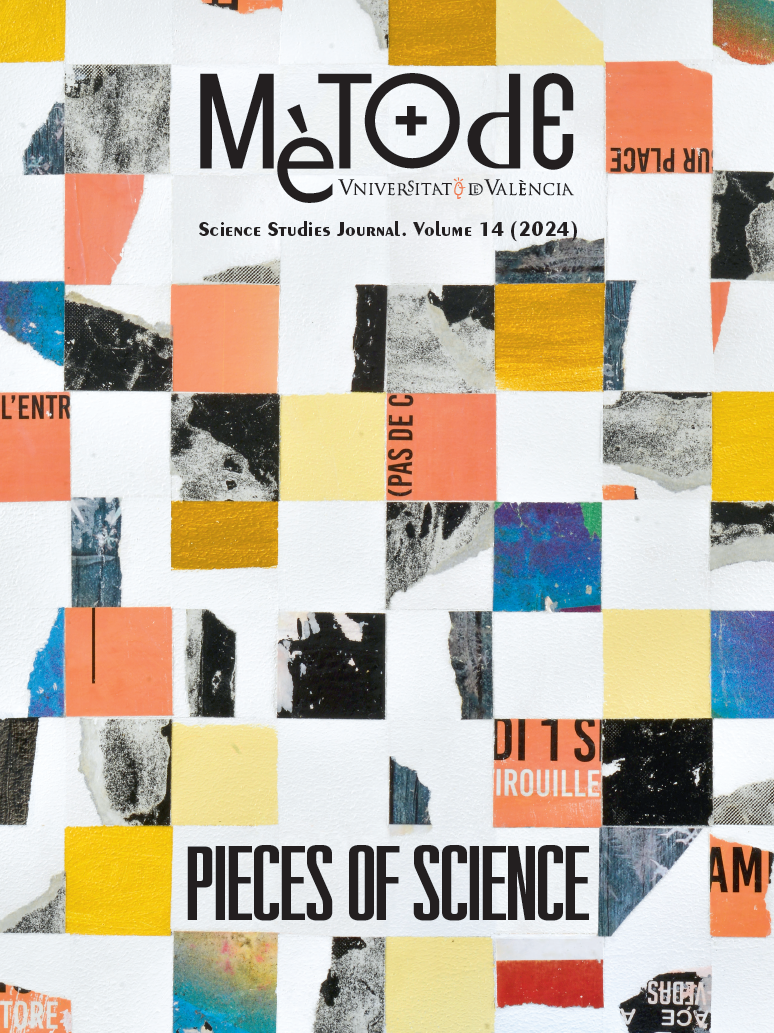Introduction: Moments of science. Photography and the understanding of nature
DOI:
https://doi.org/10.7203/metode.14.26680 Resumen
Resumen
The search for certainty in a world that is often so binary – where choosing between two options seems to be the better (and simpler) alternative – gives meaning to the expression «a picture is worth a thousand words». But if we are running away from simplicity, why choose between the two?
Since the advent of photography, the scientific community has had a tool with which to provide objective knowledge that had previously been recorded and shared through words (both oral and written) and illustrations. It thus became a key tool for constantly pushing back the frontiers of our understanding of nature. Despite its success and potential, photography continues to be overlooked by some in the scientific community.
This monograph navigates through the history of photography and science. It shows how great historical figures such as Charles Darwin saw photography as a powerful ally. It also highlights some of the ways in which photography is used in contemporary scientific activity. It is quite striking to consider how transversal and necessary the contribution of photography has been – and will continue to be – to the advancement of science.
 Descargas
Descargas
Descargas
Publicado
Cómo citar
-
Resumen723
-
PDF 171
Número
Sección
Licencia
![]()
Todos los documentos incluidos en OJS son de acceso libre y propiedad de sus autores.
Los autores que publican en esta revista están de acuerdo con los siguientes términos:
- Los autores conservan los derechos de autor y garantizan a Metode Science Studies Journal el derecho a la primera publicación del trabajo, licenciado bajo una licencia de Creative Commons Reconocimiento-NoComercial-SinObraDerivada 4.0 Internacional, que permite a otros compartir el trabajo con un reconocimiento de la autoría del trabajo y citando la publicación inicial en esta revista.
- Se permite y se anima a los autores a difundir sus trabajos electrónicamente a través de páginas personales e institucionales (repositorios institucionales, páginas web personales o perfiles a redes profesionales o académicas) una vez publicado el trabajo.





